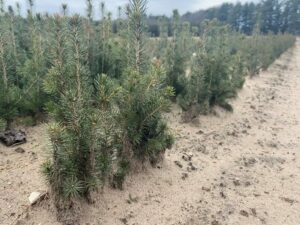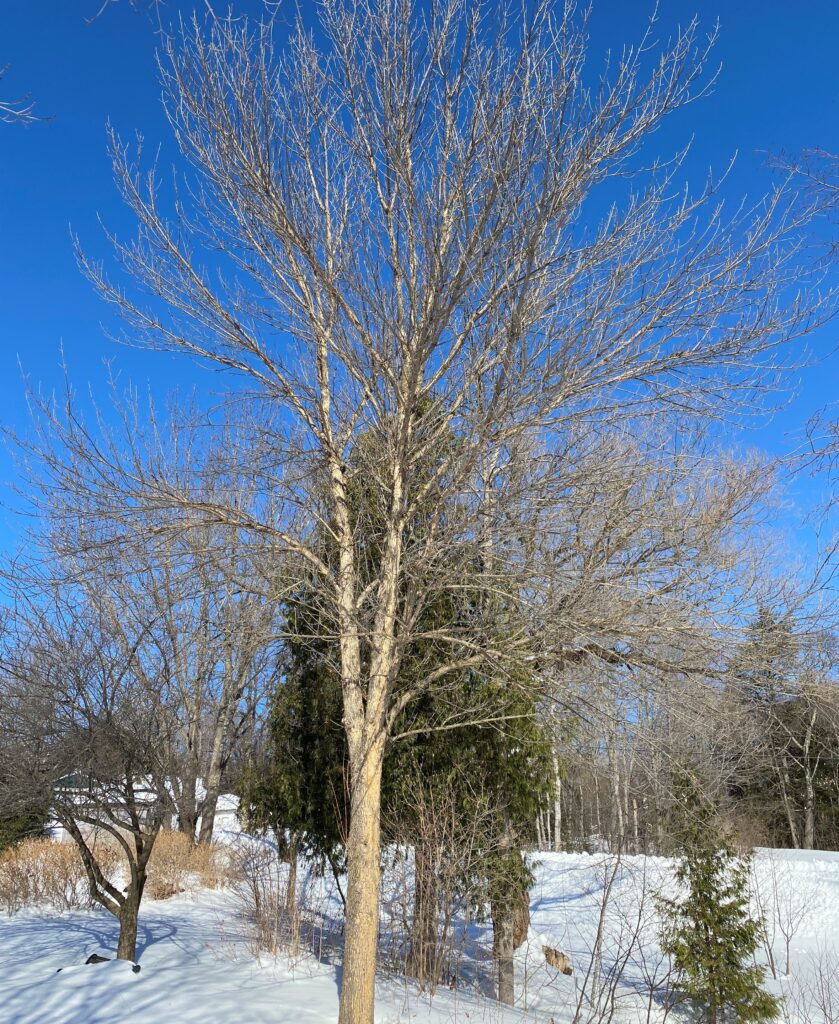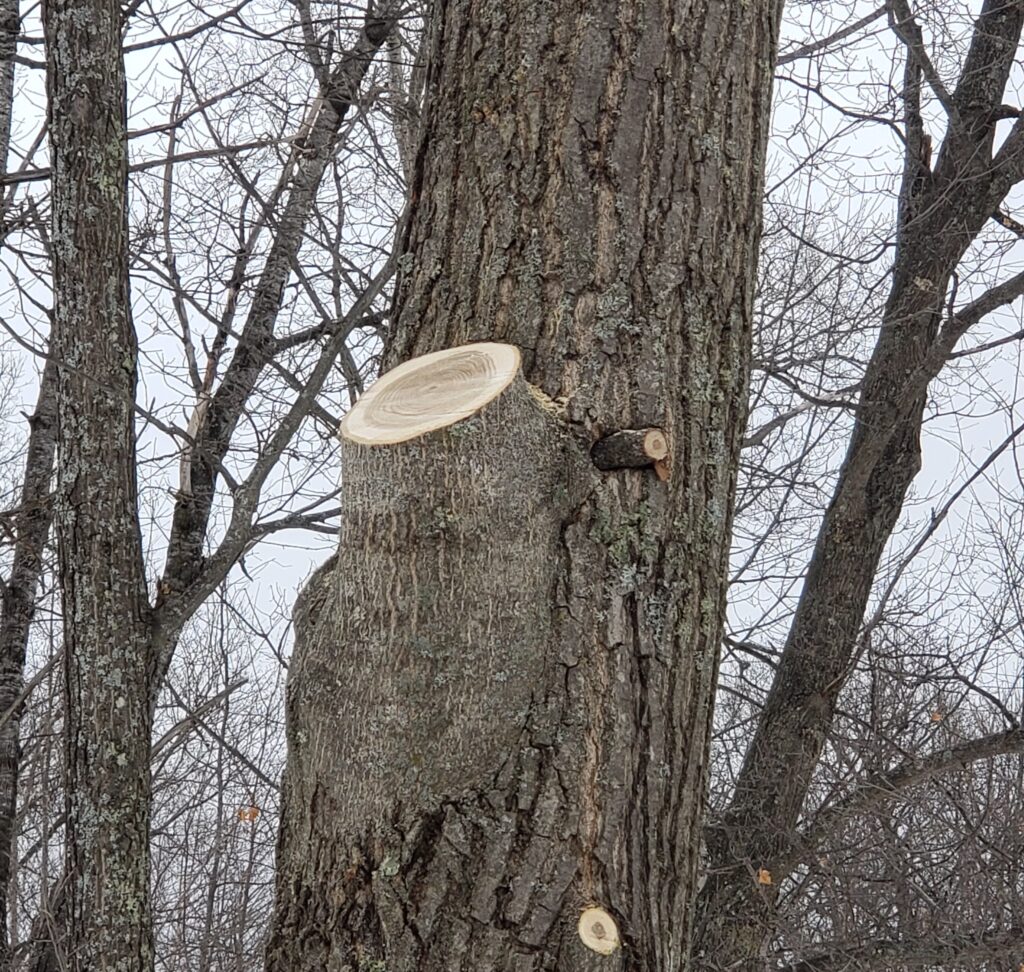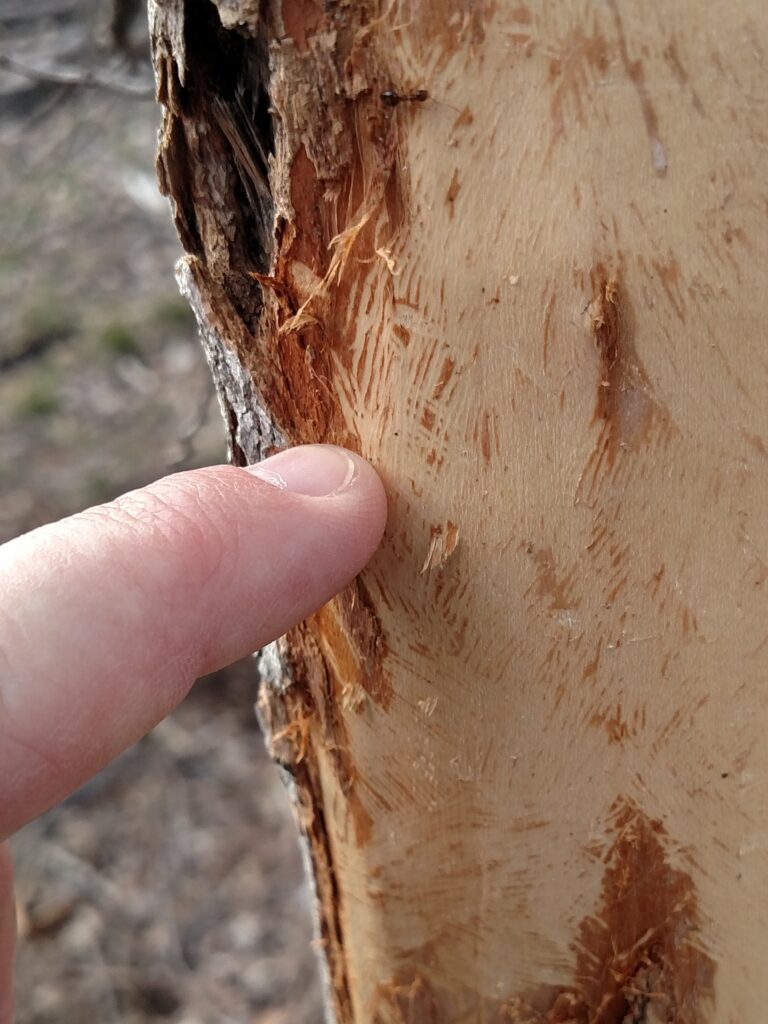By Joel DeSpain, Division of Forestry Communications Specialist
“Each of us from birth to death is intimately connected with trees. On their beauty and longevity we hang our memories and beliefs, trusting trees to be symbols of our achievements and things we hold dear,” wrote renowned Wisconsin arborist, R. Bruce Allison, in his wonderful book Every Root an Anchor, Wisconsin’s Famous and Historic Trees.
Wisconsin is abundant with rich forests, many of them urban, and as Allison notes, we develop deep connections with individual trees, some of which are the largest of their species in the state.
Here at the Wisconsin Department of Natural Resources (DNR), we’ve been relying on community members to help us find and measure these giants since 1941 as we celebrate and recognize our largest trees through our Champion Tree Program.
This is an ongoing search, and we are actively seeking additional nominations – to document the winners and share them on our website via a recently launched interactive map that provides photos, information, and locations of the champs.
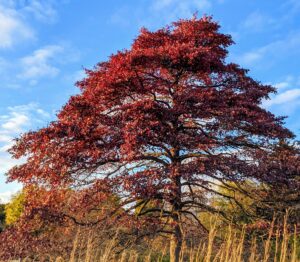
Champion Black Tupelo (located in the UW-Madison arboretum)
Some have been discovered deep in the Northwoods, such as our prize-winning, 108-foot sugar maple located in Forest County on the Chequamegon-Nicolet National Forest. The sugar maple has been a Wisconsinite favorite dating back to 1893 when school children first selected it as our state tree, loved for its brilliant orange and red autumn colors and the delicious maple syrup derived from its sap.
You can find other champions in people’s yards or beautifying city streets. So loved is Wisconsin’s champion, 92-foot tall Northern Catalpa on the University of Wisconsin-Platteville campus that faculty and students banded together with tree experts to save it following summer storm damage last year. With its white, trumpet-shaped flowers, giant heart-shaped leaves and dangling bean-like seed pods, the Northern Catalpa is a showy beauty of mammoth proportions.
Several grandiose winners have borne witness to colorful histories, like our 108-foot Eastern Cottonwood Champion which sits next to Door County’s reportedly haunted Interstate Saloon, built in 1895.
More record-holders were planted in cemeteries in memory of loved ones, some of whom served in the Civil War. In Waukesha County, a massive, majestic burr oak dates to pre-Revolutionary War times.
No doubt, champs are all over the Wisconsin landscape. It would take quite the road trip to visit them all, and we firmly believe there are more out there, like buried treasure, undiscovered, each with a story to tell. We would love to find and document each one, even if it means dethroning a current champion.
We can’t do it alone. The program has endured because everyday people have been keeping an eye out for more than 80 years, ever since the program launched. So, without further ado, we invite you to honor and preserve Wisconsin’s natural resources heritage. Good luck finding the next champ, and remember, the search can be very relaxing and fun!

